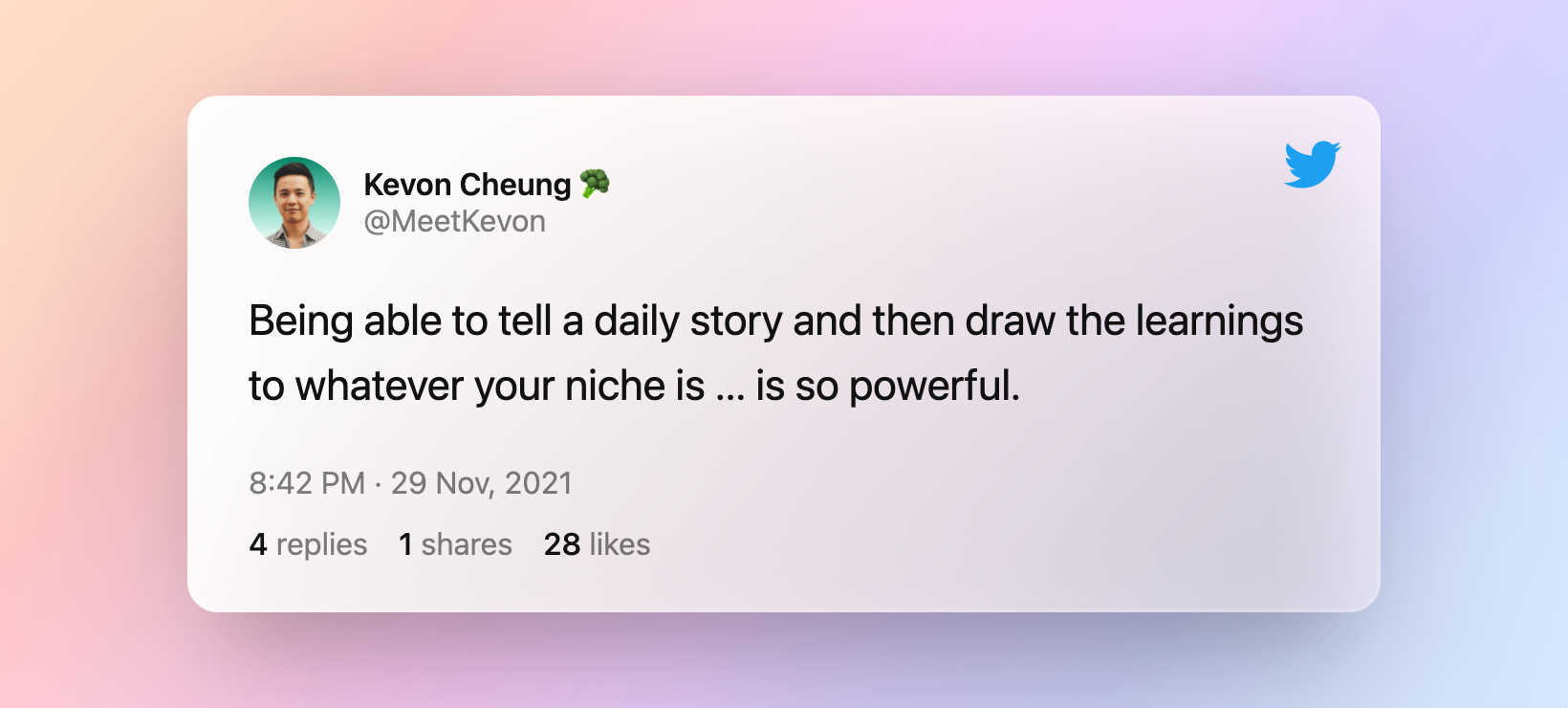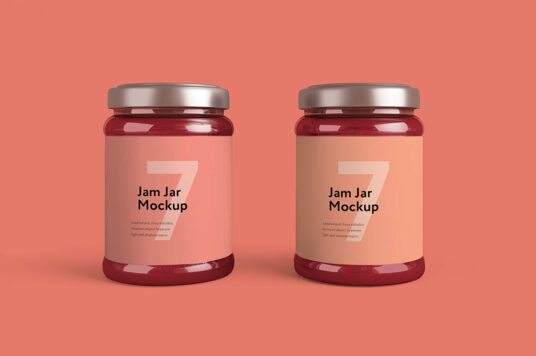10 Website Design Process Steps for a High Converting Website
Michelle Marcelline • 2021-11-29
Creating a website is both an art and a science. In this ultimate guide, we take a deep dive into the necessary steps for an effective website.

Having a website is the best way to bring in more customers and increase brand recognition. But having a good website is not just about having flashy designs, animation, and transitions. There are many technical nuances to a good business website that most people don’t understand.
In this article, I’ll go over the steps of the overall website design process, along with some other information you might find helpful. So, make sure to stick around till the end!
Why is website design important for your business?
Website design is important for your business because it creates a first impression of your company to your target audience. Besides, it helps to build your customer’s trust and aids in the creation of a smooth and user-friendly site for them.
The following are some of the reasons why website design is important for your business:
Makes a good initial impression
Your customer’s initial perception of your company is formed the moment they visit your website.
They will no doubt have a poor perception of the business if the website appears ugly or obsolete. So, website design is significant as it affects how your target audience views your company.
Builds trust
People are wary of websites with poor design. They will not trust a website if it has a terrible design. They may even think the site is sleazy or nefarious.
A quality website, however, indicates to your viewers that you are trustworthy. They will have faith in your business and be willing to explore it further.
Establishes consistency
You would like to develop your business as you are seeking to generate new prospects for your company. This is where website design comes in handy. It aids in the creation of consistency throughout your page.
And, by establishing consistency, you can keep customers on the site for longer and acquaint them with the company.
Improves SEO
Using visible spaces for vital website content can also help with SEO. If search engines such as Yahoo, Google can analyze your website, this will lead to greater ranking on search results.
A well-designed website usually keeps the visitors engaged for longer. And that can make your website more credible to search engines which can benefit your business as well.
Creates smooth and user-friendly website
Website design is not only about the looks. Instead, it ensures that the users get a smooth experience while exploring your website.
With a user-friendly website, there is a much higher chance that the visitors will convert into customers.
10 Steps To Creating a High Converting Business Website
Before you start building your website, here are some steps that you should consider. These are essential to create a website that truly connects with your customers. So, make sure to follow them all.
Step 1: Market research
You must conduct market research before developing your website. A well-converting website strikes a strong chord with potential clients. It is, no doubt, very essential to recognize your customers, the things that attract them, or why they might be seeking service from you.
It also entails having a good grasp of the market in order to understand how you can truly set yourself apart. In this case, market research could be really useful.
Consider conducting consumer interviews, internet surveys of people that buy your service or product or other similar items, or competition assessments. Well, making this investment now will guarantee that every one of your major choices is built on the current market and consumer demands, rather than what you believe is a smart option.
Step 2: Choose a domain name
Deciding on a domain name is a very crucial step in website design, as it will serve as the URL for your site. Well, the name must both reflect your business and be simple enough so that your consumers can easily type it.
This implies you shouldn’t use digits, hyphens, or other special symbols in the domain name. Remember that the name you choose must be easy to say, as well as easy to type. Once you have chosen a domain name, you will have to buy it. Moreover, the domain name will need to be renewed every year.
On Typedream, you have the option to select a custom domain for your site. For that, we created a handy guide to walk you through how to set it all up.
Step 3: Pick your template or theme
You have to begin exploring your design possibilities after registering for your preferred website platform. A bit of a shameless plug here heh 😏 but make sure to check out Typedream! We also love our friends over at Webflow and Carrd - give them a visit too!
Although each website will almost certainly require extensive alterations to meet your business, as well as web page requirements, it is a wonderful step to begin with. So, pick a template or theme that best suits your brand and then go on to the next step.
Step 4: Ensure color coordination
Color psychology is a well-researched subject. Though research has suggested that specific colors can grab the attention of the customers. Colors can also convey emotions and messages as well.
For example, a website for a bank or clinic will usually use light colors, to create a sense of trust and professionalism. On the other hand, a website for a video game company would probably use more contrast-y and popping colors to express their fun attitude and creative nature.
Step 5: Build a site map
Now it’s time to construct a site map and figure out how many pages you will require. The purpose of this step is to ensure that you don’t walk around blindfolded while designing your website. Building a site map will give you a full idea of the website.
Well, every business’s goal is unique. So, you have to ensure that your website includes the most significant features, services, and components of your company. However, generally, a proper business site map should at least contain pages such as the about page, home page, contact page, service list page, and blog page.
(Pssst 🤫 we generate a sitemap for you automatically on Typedream so that's one more thing checked off the list. BOOM.)
Step 6: Create the website copy
You may begin creating the website copy when you’ve determined which pages the website will require. Although the copy does not have to be lengthy, it must be appealing. The website copy should entice site visitors to quickly start their business with you.
Here are some tips to help you get started with writing captivating website copy:
- Keep your target audience in mind.
The website copy must be concise and simple.
Include relevant keywords in the website copy, and aim to concentrate on one main word for every webpage to improve your chances of ranking for that term.
Step 7: Design the graphics for your website
It is now time to have some fun! You have to integrate graphics, as well as other visual elements into your website. It is essential to entice users and pique their interest in the company.
You must provide your product or service pictures to show visitors what they may expect from your business. You can use different graphic design software to produce better website illustrations that will wow your visitors. Besides, don’t forget to create a brand logo for your business.
People absolutely dig a beautiful looking site, so here are some of our favorite free resources to get you started:
- Icons8 - icons, illustrations, animations Guide: https://typedream.com/docs/integration/icons8
- LottieFiles - stunning animations Guide: https://typedream.com/docs/integration/lottie-files
- Mockup World - product mockups
- Unsplash - free, professional-grade photos
- Canva - no-fuss design tool
- Figma - prototyping
Step 8: Develop your web pages
There are various platforms that have been developed to simplify things for anybody to create and modify web pages.
You can easily build your web pages, move content blocks across, and fill in the blanks with information and graphics using these platforms.
You're in good hands!
Step 9: SEO implementation
The incorporation of SEO is perhaps the stage in the web design process that gets the least attention at the start. It refers to everything you can do to improve your chances of being noticed on Google or any other search engine.
SEO is quite a rabbit hole but almost anyone can start moving the needle. For example, if you want to end up on search results and reach potential customers, create a blog page and upload blogs related to your niche regularly. Target topics that don’t have many good blogs. But have a decent number of people searching for them. Speaking of blogs, we wrote an article on SEO a while back.
You should definitely give ahref's six-part SEO crash course a look too because they nailed it.
Tools we stan:
- Neil Patel's Ubersuggest - diagnostic tool that's worth every penny
- Lighthouse - open-source tool from Google to test the quality of your pages
- Moz.com - domain analyzer, keyword explorer, and more
When you're on Typedream, you can add alt text and meta data to your images in just a few clicks.
Step 10: QA testing
You are almost done with your website! So, it indicates that it is essential to double-check if everything functions. At this step, you will have to test each page, link, and component on all devices and internet browsers to ensure they work as expected.
Well, you will undoubtedly find errors. So, collaborate with your devs to resolve the underlying problems. They can also comment on the quality of your website and suggest improvements.
It is indeed a lengthy procedure, but it guarantees that your site visitors have a positive on-site experience regardless of the way they get to the website.
Conclusion
10 Steps to an Amazing Website ☁️
A good web design process is essential for a high-converting website. In this article, I’ve talked about some of the most important ones to get you started. I’m sure that if you follow the provided steps, you will be able to create a website that wows your visitors and convert them into customers.
Thanks a lot for reading till the end & all the best!





